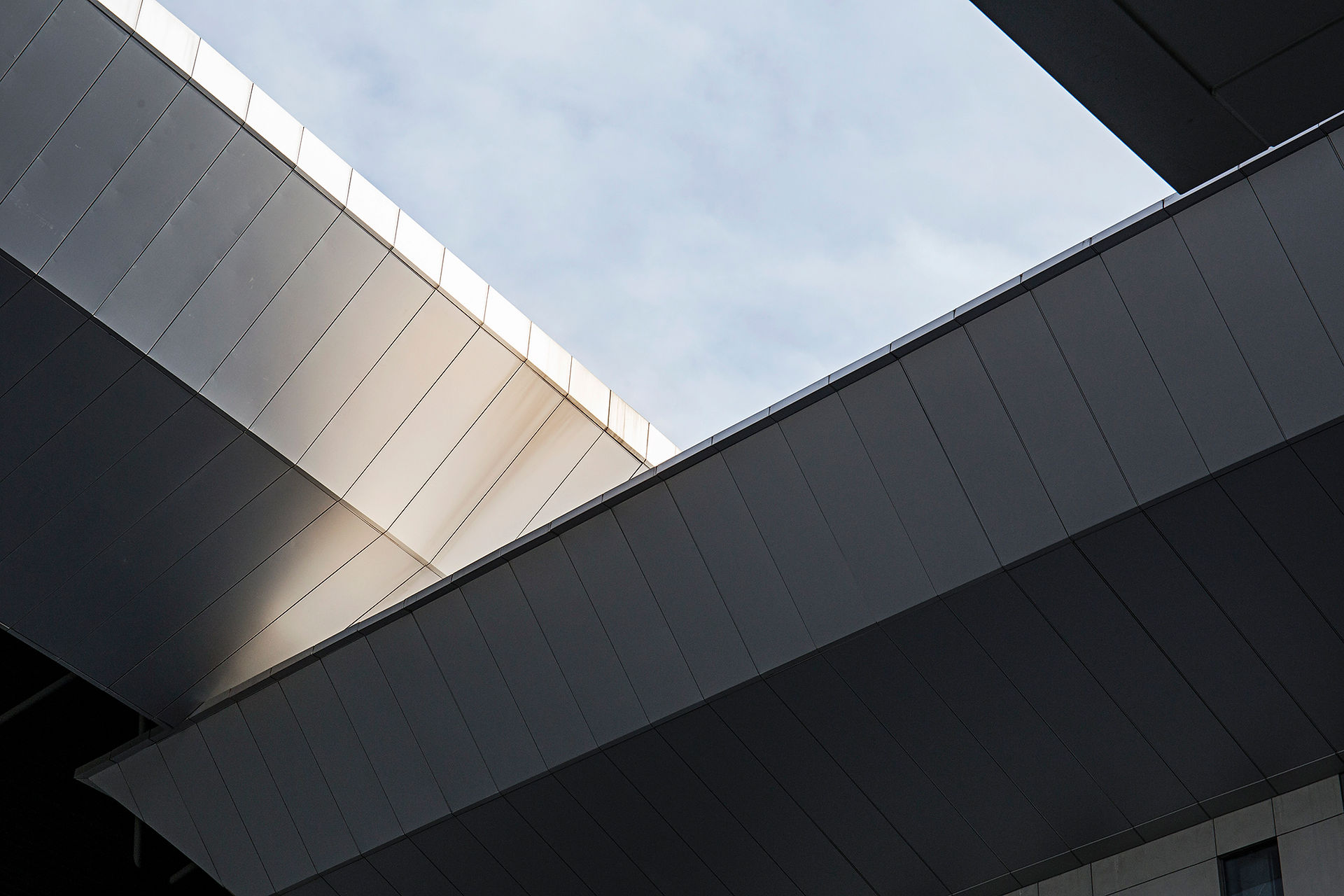Travel in Vietnam 2019.Sep. 21–29
- 奕嫻 林
- Jan 23, 2021
- 7 min read
Updated: Jan 26, 2021
TBC

Photo taken in Sapa, Vietnam
“I came to Vietnam with gun smoke and wished to come back with the sounds of guitar.” — American war veteran Roy Mike Boehm
這次的旅遊和香港人Forrest, 瑞典人Erik, 德國人Lorena同行,我們一共去了越南的四個城市:河內、胡志明市、沙巴、下龍灣。此篇心得會寫下我至越南各景點旅遊時的感受與想法。
越南景點心得與收穫-河內、胡志明市、沙巴、下龍灣
(1)河內 1–1 河內火爐監獄 Hoa Lo Prison Relic 火爐監獄是1896年法國在殖民越南時所建的監獄,稱為火爐是因為當地原本是製造陶瓷窯爐村子。來到這裡可以看到過去反殖民統治的痕跡,還原當時囚徒的監禁狀況,而在越南獨立後,火爐監獄成為了越南的國家監獄,開始關押美國戰俘。
“Phong was born in 1966. He learned to speak very early, 9-month-old and could speak clearly. Besides “mom” and “dad”, the first word he learned was “run”. — Mrs. Trinh Thanh Nang, an actress working in Viet Nam Drama Theatre.
博物館裡展出的almond tree對我來說特別有意義。According to the description on the board, during the period of 1930-1954, the prisoners used the almond branches to make penholders, pipes, flute…, and used young almond leaves to cure diseases and clean wounds. I was touched to see the description, and I believe that the almond tree is not merely a tree, but more a spiritual thing that accompanied the prisoners to go through a hard time in the prison.
參觀監獄的當下很震撼也很感動。我看見了越南先民是如何為自己的國家奮鬥,即使法國人對他們進行各種壓迫,他們仍然奮力抵抗,有些人從地下水溝試圖鑽出、逃獄,有些人在艱困的環境裡用杏仁樹枝學習寫字等。女性政治犯則特別在博物館裡有個獨立的展區,訴說著她們入獄後憑著意志力生存的事蹟,她們在獄裡除了要顧好自己,也要生育扶養小孩,甚至是在擔任political spiritual leader,鼓舞其他人的士氣和民族意識。她們不向高壓政權屈服,而是在獄裡憑著自己的意志撐過一切苦難,可謂情操可貴。
另外,博物館稱美國大兵在監獄裡「被良好對待」,平時可踢足球、聖誕節有聖誕大餐,但是根據美國大兵親手寫的史料(如John McCain, a senator and 2008 Republican presidential nominee, wrote about the horrors they faced and the cruelty that was thrust upon them during the years they were kept in the prison),他們其實常被虐待。我得知此事時,非常驚訝全球知名的博物館,竟然會這樣展示錯誤訊息。若我沒有親自查資料,我也會成為被博物館「知識」蒙蔽了的一方。所以任何事情都要往多方查證、查看,不能只相信片面的訊息。
左圖:河內火爐監獄(Maison Centrale/Hoa Lo Prison Relic);右圖:監獄裡的杏仁樹
1–2 河內舊城區-Authenticity
遊客都喜歡看見一個地方真實地的樣貌(Authenticity)。
我們第一天來到了河內舊城區 (Hanoi Old Quarter),旅伴們紛紛抱怨舊城區 "too touristy",但觀光區就不算河內的一部份嗎?什麼叫做看到城市真正的樣貌呢?難道小販買賣不算是城市樣貌的部分嗎?就像人們會對不同的人展現不同的態度和個性,一個城市也有她風情萬種的一面,可以抱怨一個地方太touristy,但不能一味否定觀光區不真實。而且其實,有時有人的地方反而讓人特別想去,就像夜市一樣,人潮會為一個地方帶來新奇感,若夜市沒有人,那個夜市似乎也不吸引人了。
(2) 胡志明市/西貢
2–1 胡志明市戰爭遺跡博物館 War Remnants Museum Inside the museum, John Lennon’s “Imagine” was playing, and most of the exhibitions described the US as a foreign aggressive force that wreaked havoc on Vietnam (e.g. spreading Agent Orange and land mines).
I remembered when I was studying history in high school, I kind of support anti-communist allies (e.g. the US) in the Vietnam war, but after visiting War Remnants Museum, I knew that I have to view histories in different angles.
I did understand the cruelty that had conducted by the US soldiers during the war, but I also feel like the museum and the brochures were tended and not neutral enough. Some parts of the histories in the Vietnam war were omitted and wiped out. North Vietnam and other communist allies also tortured South Vietnamese badly, but this page was ripped off in the museum.
No matter the purpose of a war, as long as a country participated in, war crime was then committed. No country really has the legitimacy to participated in the war, since it’s the people and residents that suffer.
2–1 胡志明市-Skyline 儘管胡志明已經比河內舊城區先進許多,走在胡志明的街上,仍然覺得胡志明市的街容與市民生活水平上有進步空間。這裡的電線也亂成一團,盤據了一小部分城市的天空。 Skyline,比起天際線,我更喜歡「城市輪廓」這個翻譯。
我們在Bitexco Financial Tower/Saigon Skydeck building第52層樓的EON Heli Bar俯瞰整個城市的輪廓,頓時,覺得胡志明變得好不一樣。
The traffic looked so hectic and the streets were hustle and bustle when we were in the crowds, but up on the tower, everything seemed to be so tranquil and peaceful. We should always try to view things from different angles and higher perspectives, right?
(3) 越南沙巴Sapa 3–1〈Cat Cat village村居的破舊房子〉 We visited a house of a Black Hmong family in Cat Cat village, Sapa, Lao Cai, Vietnam. The house was quite shabby. Off to the side of the main room of the house, the owner was boiling marijuana plants that would later be fashioned into clothing.
After we left the village, Lorena told me she considered the tour guide to be rude for introducing the people as poor and the house as shabby. Though the tour guide’s comments could consider to be rude, I feel that she was merely attempting to help us understand the reality of where we were. Additionally, the indigenous family residing in the house could only understand Vietnamese, and therefore wouldn’t be offended by the English comments of the tour guide.
Erik then said that he felt sad when seeing them having a poor living condition, it made me think of a news said Swedish emphasis on their living environment, and that’s why they have IKEA which offers people an affordable price to buy furniture to create a cozy home.
I have a different feeling from Lorena and Erik. I felt sad for the indigenous because I think they would never have a chance to broaden their horizons, to walk out to the world and see something different. Due to “Social Reproduction Theory”, it’s highly possible that their offspring will just do the same jobs as their parents, such as clothes weaving, indigo dyeing, handcrafts selling…. They couldn’t even get a better life by receiving education because they live in the small village which couldn’t provide them a variety of opportunities and works. 3–2〈Lao Chai 村莊販售手工紀念品的村民〉 我們也去了Lao Chai 村莊,村裡的居民紛紛走向我們推銷他們的手工製品。理性的我告訴自己 自己用不上這些手工製品,所以用不需買來當紀念品,但感性的我告訴自己,在自己有能力的範圍內,應該買一些東西來幫助他們改善生活。我的理性與感性在我的內心拔河,最後理性的我戰勝了感性的我,但我原本高山健行愉快的的心情卻盪到了谷底。我在內心不斷質問自己為何不買東西幫助村莊居民, 但一個人善不善良、溫不溫柔,是可以用買不買手工製品來衡量的嗎?有多少遊客買了紀念品,但有真正幫助到他們嗎? (4)下龍灣Ha Long Bay-遊輪之旅 下龍灣曾為世界七大奇景之一,擁有絕美的海景與特殊的鐘乳石洞穴。我和同學們乘著郵輪度過了兩天一夜的下龍灣遊輪之旅。
旅途中,我思考著,什麼樣社經地位的人報名了這場遊輪之旅呢?
在遊輪上,我特地挑了比較漂亮的衣服來穿,船內、船頂豪華的裝飾讓我刻意注意自己的行為舉止是否有「符合」這樣「高級」的社交場合,吃飯時是否有輕放餐具避免發出噪音。船上的兩天讓我覺得這一切好不真實,我好像進入了一個奢華的世界,一個不太屬於我的世界。並不是遊輪上的所有都是有錢人,從講話水準和個人散發出來的氣質可以發現,有半數的人並不屬於高社經地位。
那為什麼人們喜歡搭遊輪呢?
我回想了一樣在遊輪上度過的兩天,其實我們什麼都沒有做,只不過是在船上吃高級美食、睡覺、洗澡、賞海,僅此而已。但僅僅如此,為何人們可以感到快樂?我們花了許多錢在遊輪上無所事事,卻感到心滿意足,我們所感到滿足的,是馬斯洛需求層次理論裡的「尊重需求」嗎?因為船上有人「服侍」我們,為我們烹煮美食、親力親為滿足我們的各種需求,讓我們看起來像公主、王子 — 兩天短暫的公主、王子。
對我來說,我在郵輪上感到快樂的原因,是因為有Erik, Forest, Lorena相伴,這種感覺輕鬆自在,尤其郵輪第一夜我們四人躺在長椅上聊天,海風微微,好不愜意。第二個原因大概是因為風景優美,我們在船上飽覽了海面上的天空千變萬化的一面,優雅的淡藍、浪漫的橘黃、柔和的紫…,海水神秘的面紗被我們掀開,賞景時心情恬淡而舒適。
而船上的服務生對於自己的工作感到快樂嗎?
在船上工作,也許是件幸福的事?因為有美麗的海景以及舒適的居住環境。可以發現這裡的船員臉上總是露著微笑,發自內心的那種,不是為了服務而裝出來的微笑。酒保(bartender)在吧檯裡笑得好開心,導遊和我們一起划獨木舟時,可以看到他臉上那份看著海的寧靜;廚師為大家示範水果雕花,當他獲得觀眾的掌聲時,我看見了他那份以自己的專業為傲的淡淡的、淺淺的笑容,想必在海上運用自己的專業製作精緻美食,是快樂的事吧?
但船員們真正在海上做著自己喜歡的事嗎?雖然是自己喜歡的事,卻是為了「服務他人」而做,這樣的工作在他們心裡是真正的快樂與自由嗎?
(四)總結 這趟越南深度之旅讓我對東南亞有了更深的認識,在旅途過程中也因為能和旅伴進行想法上的交流而感到非常充實,讓我獲得許多生命中的養分。









Comments